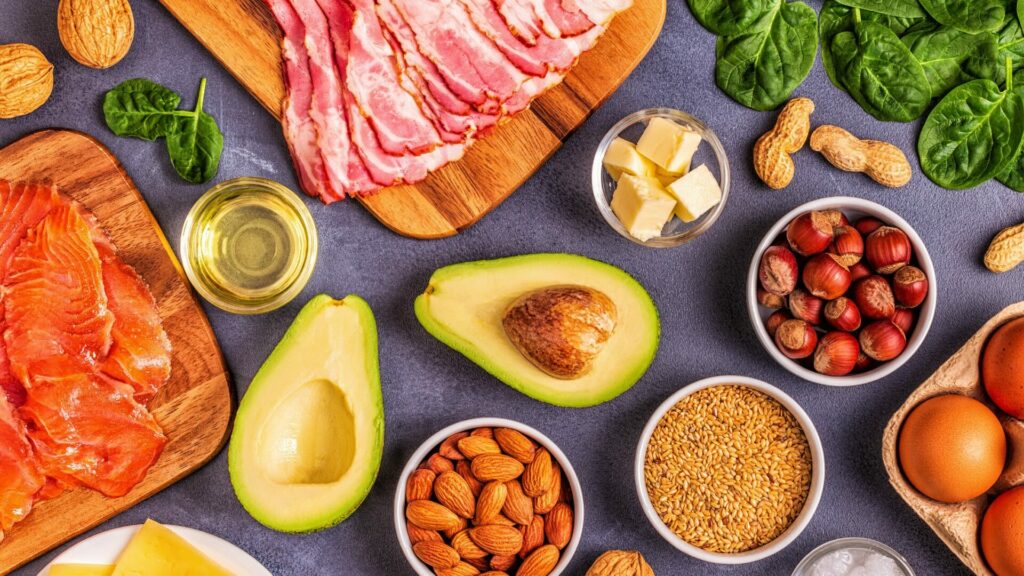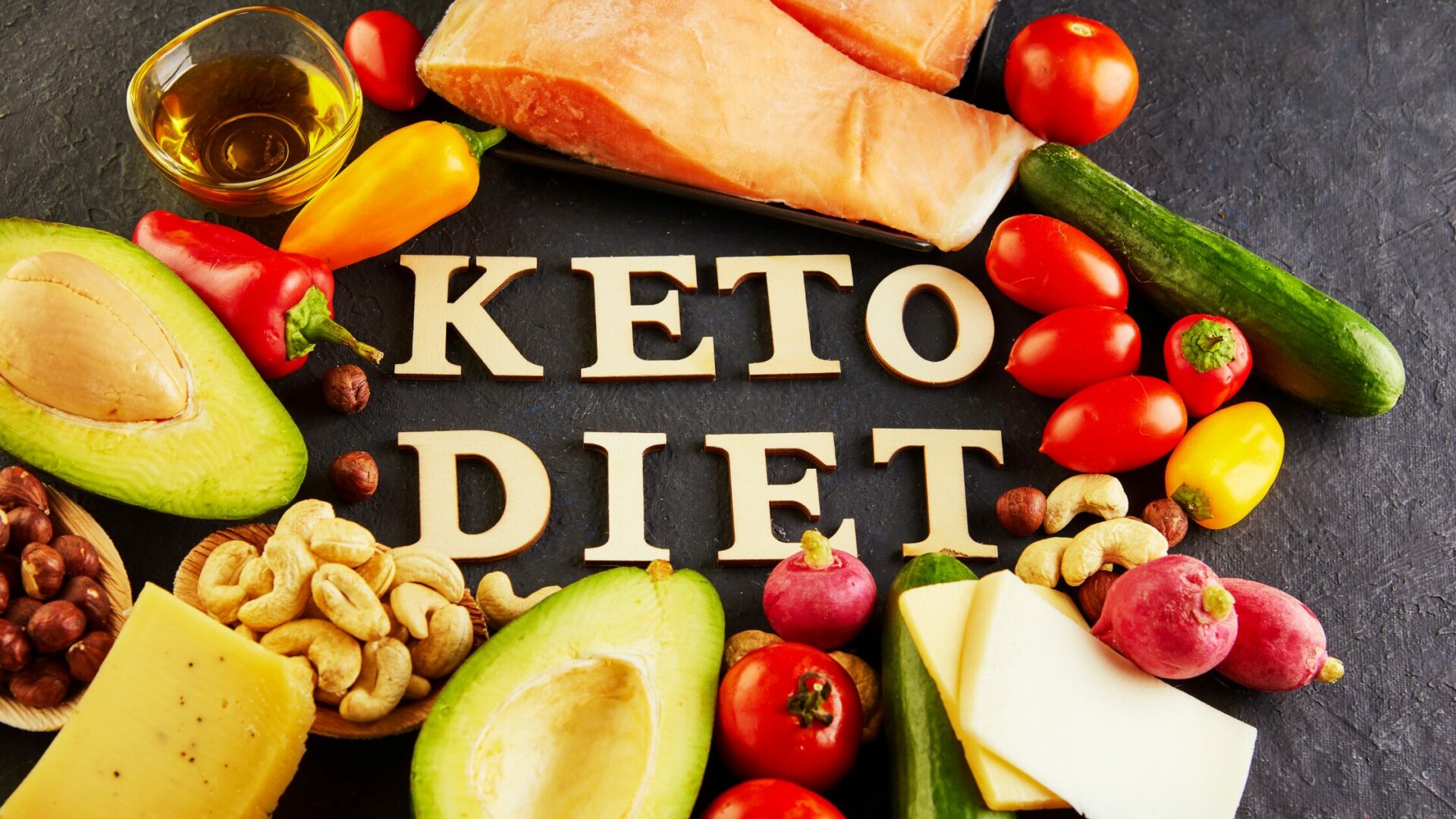In recent years, the Keto Diet has surged in popularity as a powerful tool for weight loss and overall health improvement. But what exactly is the Keto Diet, and how does it work? In this comprehensive guide, we’ll delve into the intricacies of the Keto Diet, providing you with all the information you need to achieve your health and weight loss goals.

Table of Contents
What is the Keto Diet?
Keto basics
The Keto Diet, short for Ketogenic Diet, is a high-fat, moderate-protein, and low-carbohydrate eating plan designed to induce a state of ketosis in the body. Ketosis is a metabolic state in which the body primarily burns fat for fuel instead of carbohydrates. By drastically reducing carbohydrate intake and increasing fat consumption, the Keto Diet forces the body to switch from using glucose as its primary energy source to using ketones, which are produced from fat stores.
How Does the Keto Diet Work?
Ketosis and Fat Metabolism
When following the Ketogenic Diet, the body enters a state of ketosis within a few days to a week. During ketosis, the liver produces ketones from fatty acids, which are then used as fuel by the body and brain. By restricting carbohydrates, insulin levels decrease, allowing fat cells to release stored fatty acids. These fatty acids are then converted into ketones, which provide a steady source of energy without the fluctuations in blood sugar levels associated with carbohydrate consumption.
Benefits of the Keto Diet
Weight Loss
One of the primary reasons individuals adopt the Keto Diet is for weight loss. By promoting fat burning and reducing appetite, the Ketogenic Diet can lead to significant weight loss, particularly in the first few weeks of adoption. Additionally, ketones have been shown to have appetite-suppressing effects, making it easier to adhere to a calorie deficit.
Improved Metabolic Health
In addition to weight loss, the Keto Diet can lead to improvements in metabolic health markers such as blood sugar levels, insulin sensitivity, and cholesterol levels. Studies have shown that the Keto Diet can help reduce blood sugar and insulin levels, making it beneficial for individuals with type 2 diabetes or insulin resistance.
Enhanced Mental Clarity and Focus
Another benefit of the Ketogenic Diet is its potential to enhance mental clarity and cognitive function. Ketones are a preferred source of fuel for the brain, and many individuals report improved focus, concentration, and mental clarity when following a ketogenic eating plan.
Increased Energy Levels
Contrary to popular belief, the Ketogenic Diet does not lead to decreased energy levels. In fact, many people experience increased energy levels and stamina once they become fat-adapted and fully transition into ketosis. By utilizing fat stores for fuel, the body has a steady source of energy, reducing the fluctuations in energy levels associated with carbohydrate consumption.
Potential Side Effects and Considerations
While the Ketogenic Diet offers numerous benefits, it’s essential to be aware of potential side effects and considerations.
Keto Flu
Some individuals may experience keto flu symptoms during the initial transition phase into ketosis. These symptoms, which can include fatigue, headaches, nausea, and irritability, are typically temporary and can be mitigated by staying hydrated, consuming adequate electrolytes, and gradually reducing carbohydrate intake.
Nutrient Deficiencies
Since the Ketogenic Diet restricts certain food groups such as fruits, grains, and legumes, it’s essential to ensure adequate intake of essential vitamins and minerals. Incorporating a variety of nutrient-dense foods such as leafy greens, non-starchy vegetables, nuts, seeds, and low-carb fruits can help prevent nutrient deficiencies.
Sustainability
While the Ketogenic Diet can be effective for short-term weight loss and metabolic health improvement, some individuals may find it challenging to maintain in the long term. It’s essential to find a dietary approach that is sustainable and fits your lifestyle and preferences.
How to start a ketogenic diet plan?
Setting Goals
Before embarking on the Ketogenic Diet, it’s essential to establish clear goals and objectives. Whether your goal is weight loss, improved metabolic health, or increased energy levels, having a clear vision will help you stay motivated and focused on your journey.
Meal Planning and Preparation
Meal planning and preparation are key components of success on the Keto Diet. Start by familiarizing yourself with keto-friendly foods and recipes, and create a meal plan that aligns with your goals and preferences. Stock your kitchen with healthy fats such as avocados, olive oil, coconut oil, and grass-fed butter, as well as protein sources such as meat, poultry, fish, and eggs. Incorporate plenty of non-starchy vegetables for fiber and essential nutrients, and limit your intake of high-carb foods such as grains, sugars, and processed snacks.
Tracking Progress
Tracking your progress is essential for staying accountable and monitoring your results. Keep a food journal to record your meals and track your macronutrient intake, and consider using a tracking app to monitor your ketone levels and weight loss progress. Additionally, pay attention to how you feel both physically and mentally, as these subjective indicators can provide valuable insight into your overall well-being.
Conclusion
The Ketogenic Diet is a powerful tool for achieving optimal health and weight loss. By promoting ketosis and fat metabolism, the Keto Diet can lead to significant improvements in metabolic health, weight loss, mental clarity, and energy levels. However, it’s essential to approach the Keto Diet with knowledge, preparation, and consideration of potential side effects. By setting clear goals, planning and preparing nutrient-dense meals, and tracking your progress, you can harness the transformative power of the Keto Diet and achieve your health and wellness goals.





